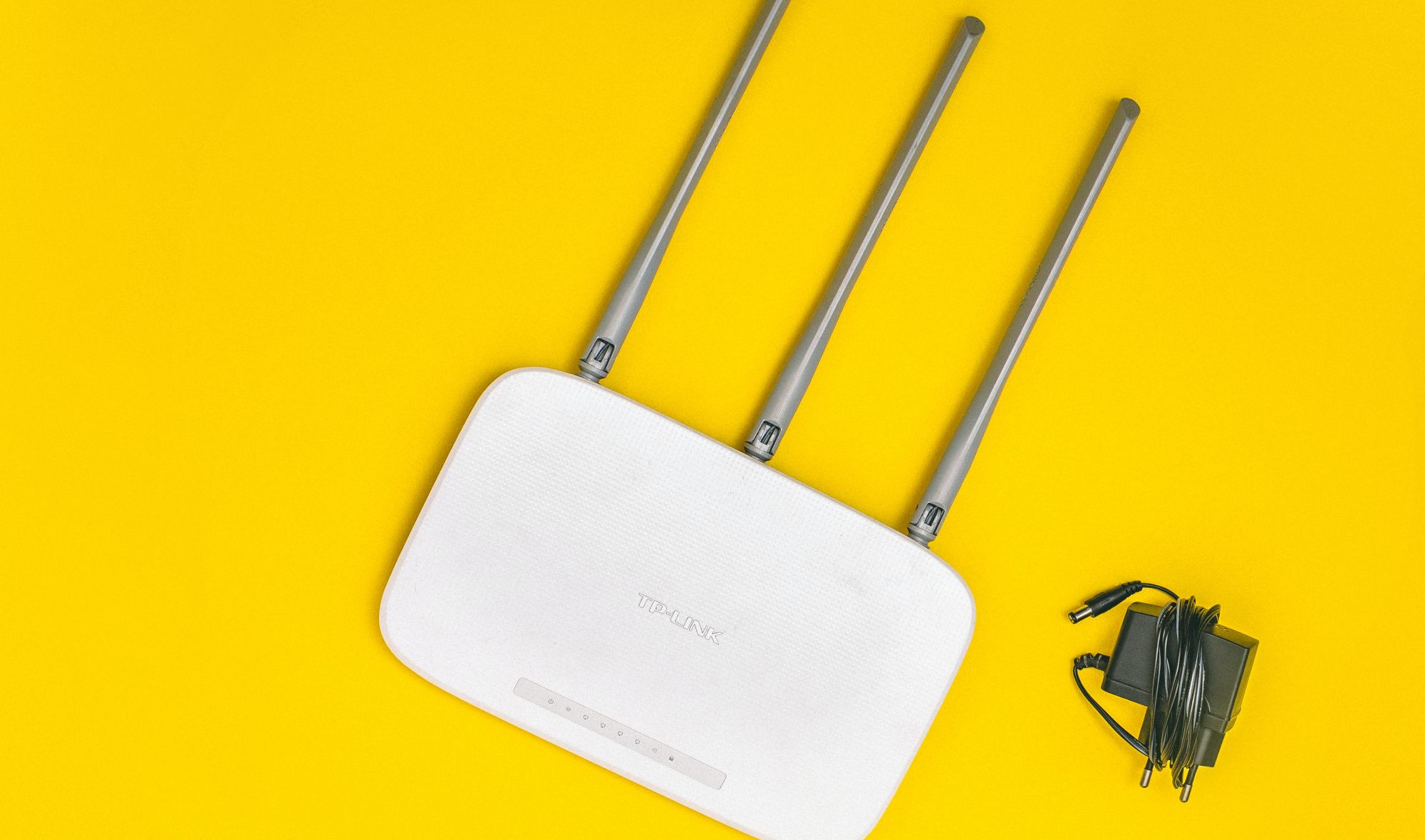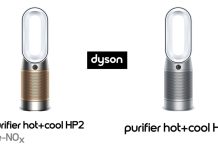Optimizing Router Placement: A Guide to Enhanced Home Wi-Fi Coverage
A well-placed router is crucial for maximizing home Wi-Fi coverage and minimizing interference. This guide explores advanced strategies to help you optimize your router’s position and improve your network’s performance.

Understanding Wi-Fi Signals
Wi-Fi signals are radio waves that radiate outwards from the router. To ensure optimal coverage, it’s essential to understand how these signals behave and how they can be influenced by various factors.
Choosing the Right Location
- Central Placement: Position your router in a central location within your home to ensure even signal distribution.
- Avoid Obstructions: Keep your router away from walls, floors, and ceilings, especially those made of concrete or metal, as these materials can block Wi-Fi signals.
- Elevation: Elevate your router on a shelf or mount it on a wall to improve signal strength and reduce interference.
Minimizing Interference
- Electronic Devices: Keep your router away from electronic devices like microwaves and cordless phones, as they can interfere with Wi-Fi signals.
- Dual-Band Routers: Consider using a dual-band router that operates on both 2.4GHz and 5GHz frequencies to reduce interference and improve performance.
Optimizing Antenna Placement
- External Antennas: If your router has external antennas, adjust them for optimal signal directionality. Experiment with different orientations to find the best configuration.
- Antenna Placement: Consider placing one antenna vertically and another horizontally to cover both horizontal and vertical planes effectively.
Utilizing Wi-Fi Analyzer Tools
- Identify Dead Zones: Wi-Fi analyzer tools can help you pinpoint areas in your home with weak or no signal.
- Detect Interference: These tools can also identify sources of interference, such as neighboring Wi-Fi networks or electronic devices.
- Channel Optimization: Choose a less crowded Wi-Fi channel to improve signal strength and reduce interference.
Experimentation and Optimization
- Trial and Error: Try different router placements and monitor the performance using speed tests or Wi-Fi analyzer apps.
- Fine-Tuning: Make adjustments to your router’s settings, such as power output or channel selection, to optimize performance.
FAQs
How can I improve my Wi-Fi coverage?
By strategically placing your router, avoiding interference, and optimizing antenna placement, you can enhance Wi-Fi coverage.
What should I avoid placing near my router?
Keep your router away from electronic devices like microwaves and cordless phones to minimize interference.
What is a dual-band router?
A dual-band router operates on both 2.4GHz and 5GHz frequencies, providing more flexibility and potentially better performance.
How can I identify dead zones in my home?
Use a Wi-Fi analyzer tool to measure signal strength and identify areas with weak or no coverage.




